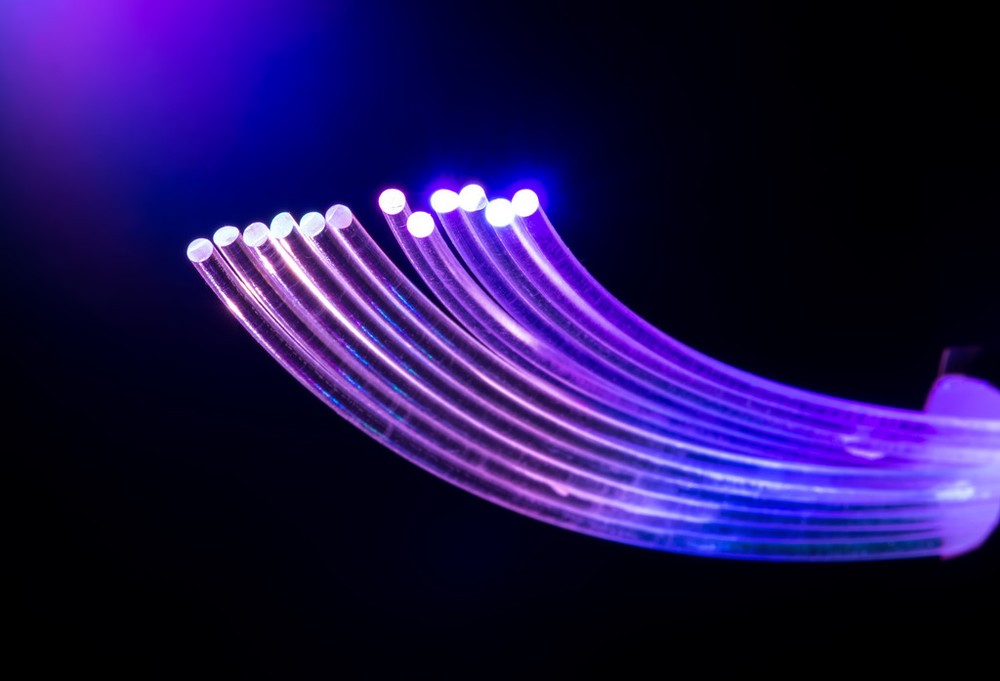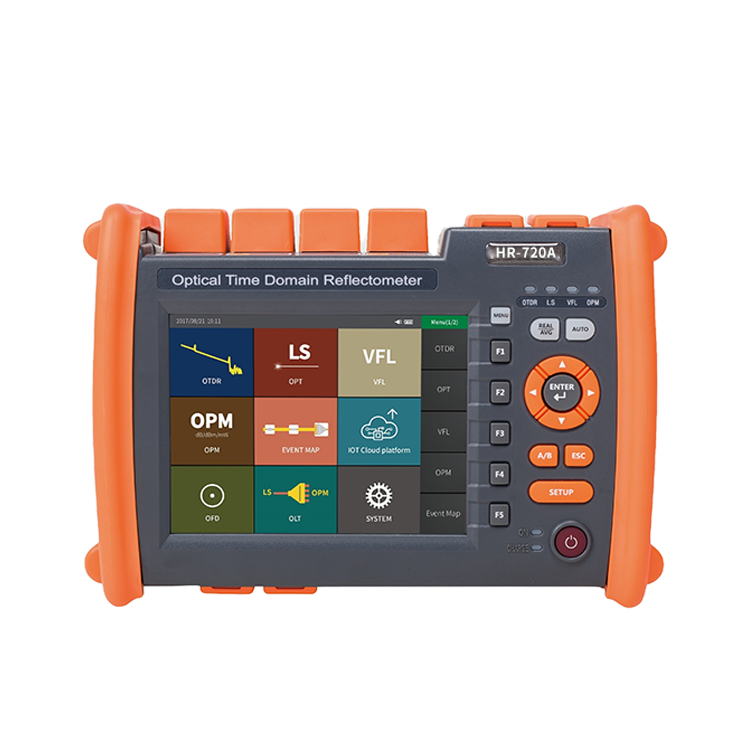Types and application guide of important optical fibers
 发布时间 : 2022-01-28
发布时间 : 2022-01-28  浏览次数 : 441
浏览次数 : 441 In the ever-expanding world of fiber-optic communications, one size does not fit all. Stepper single-mode fibers that comply with the ITU G.652 specification are sometimes referred to as "standard single-mode" because they have been widely used for decades. However, THE G.652 fiber has evolved as demand has changed, other single-mode fibers have been developed for new uses, multi-mode fibers have found new markets, and more exotic fibers have emerged.

These changes reflect the advantages of customizing fiber for specific applications. Tubes for indoor use require flexible fibers. Shrinkable fiber cladding allows for a larger number of fibers to be used in the cable. Low water fiber can be used for cheap coarse wavelength division multiplexing (WDM) with steps of 20nm between 1270 and 1610nm. Ultra-low loss fiber can stretch amplifier spacing. Multimode hierarchical fiber can transmit high data rates over short distances, cutting costs for transmitters and receivers.
The following is a guide to important optical fiber types and their applications in communication:
Graded index multimode fiber
Gsi multimode fibers were originally developed in the late 1960s to increase the bandwidth of large core fibers and are now mainly used for short data links. LED light sources were used in the past, but most data links now require mass-produced vertical cavity surface emitting lasers (VCSELs) with emission wavelengths of 800 to 960nm. Most graded fibers have cores of 50μm, but some fibers with cores of 62.5μm are still in use. The table lists the properties of standard multimode optical fibers.
In practical applications, multimodule data links are only used up to about 550 meters, and single-mode fiber is used for further distances. Although multimode fibers have lower losses in the 1310nm band than in the shortwave band, inexpensive vcsels are only mass-produced in the shortwave band. OM3 and newer standards support multi-gigabit per second data transfer rates using VCSEL.
The OM5 standard provides for 100Gbit/s duplex at 25Gbit/s short wavelength division multiplexing (SWDM) at two or four wavelengths from 850 to 953nm. In January 2020, IEEE working group approved IEEEP802.3 cm400Gbit/soverMultimodeFiber standard, the standard will be 400 gbit/s signal in 4 or 8 optical fibers, the span of up to 100 or 150 meters, It is mainly used in large-scale data centers and short-distance high-speed links of 5G networks.






 010-88906240/18610283379
010-88906240/18610283379